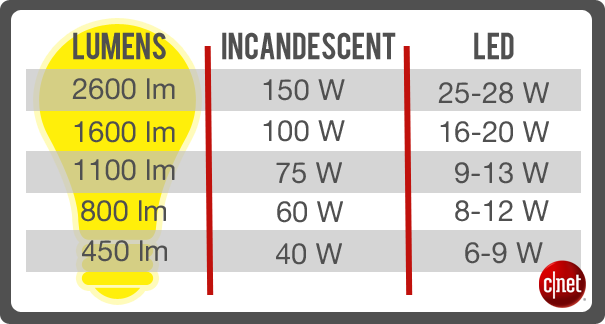No More Lame Excuses – It’s Time to Make the Switch to LED Lighting

So you’ve heard all about LED lighting. You know how energy efficient these bulbs are. You know that the lights are safer because they don’t create heat when they’re on. You know they last for years and years and won’t have to be replaced. So, why don’t you have them in every fixture in your home?
LED Lighting – Lame Excuses Demystified
At Herrmann Services, we like to keep our customers up to date on the latest and greatest in heating and cooling, plumbing, and electrical. On that note, we’d like to let you in on a little secret…it’s time to update your lighting to LED bulbs.
Wait, it’s actually long past time! So why exactly haven’t you done it yet? We have a few ideas. There are really only two reasons people haven’t updated and upgraded – cost and confusion. We’re here to help you eliminate this confusion and understand the costs of LED lighting.
Lame Excuse #1: LED Light Bulbs Cost More
So let’s cut to the chase. Do LED bulbs cost more than incandescent or CFL bulbs? Heck yes. But if you look at the years of lighting they provide versus those other bulbs, it’s well worth the investment. Plus, due to competition, the price has dropped significantly in recent years.
Eventually, the LED bulbs will pay off, and in the meantime, you’ll enjoy less heat production, longer bulb life, and a lot less bulb replacing!
Lame Excuse #2: Watt’s What?
With incandescent bulbs, though wattage isn’t an indication of brightness, it is a measurement of how much energy the bulb draws, so there is a well-known correlation between the watts drawn and the brightness.
With LEDs, you can’t use wattage to determine brightness. Instead, you have to look for lumens. To save you a lot of confusion, we included this comparison chart that we found in an article from C/Net (a consumer comparison website).

Lame Excuse #3: Confusion with Color
Incandescent bulbs provide a warm, yellowish light. LED bulbs can provide many different hues, namely warm white, soft white and bright white. LED color is measured by temperature in kelvins.
The lower the number, the yellower the light. If you want your LEDs to emulate the light from a traditional incandescent bulb, as many homeowners do, shop for a kelvin between 2,700 and 3,500K.
A Note of Caution
If you have switches that are dimmable, look closely when buying an LED to replace the bulb. Not all LEDs are dimmable. If you replace a dimmable incandescent with an LED, the fixture may hum, buzz, or crackle. Be sure to buy only LEDs that are labeled “dimmer compatible”.
Now that you know how affordable, safe, and similar to the look of incandescent bulbs LED bulbs are, get out there and replace your bulbs and start saving energy today!